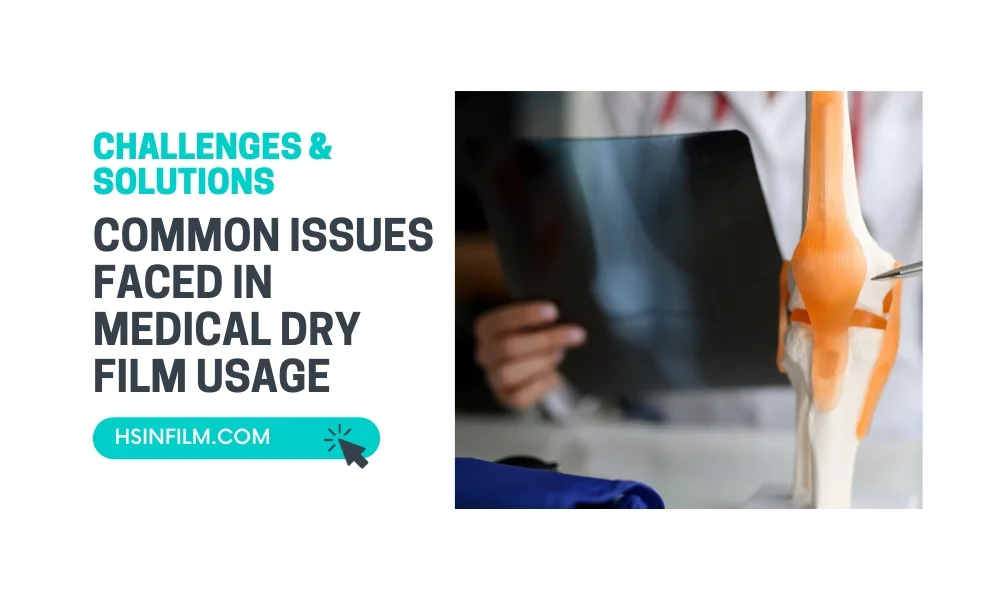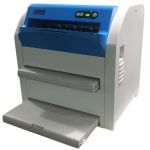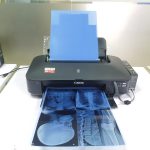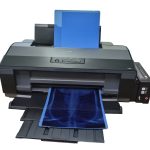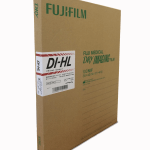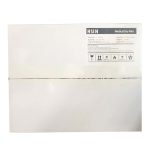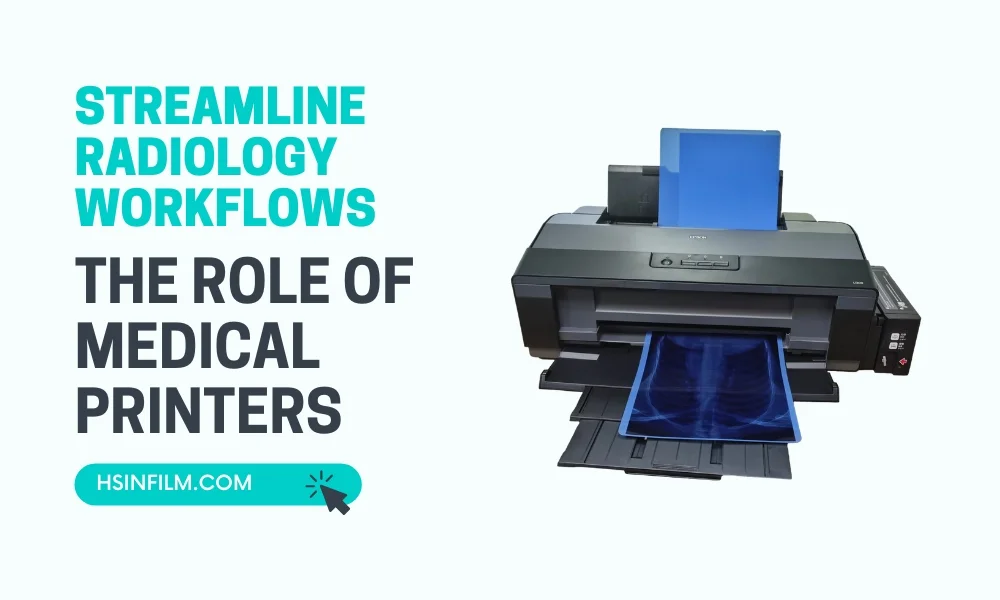Where precision is paramount, medical dry films have been an indispensable tool for diagnostic imaging. These films serve as the canvas for capturing critical patient data. However, challenges can arise, affecting the quality of care. In this article, we’ll delve into the common challenges and solutions in medical dry film usage in healthcare providers.
Table of Contents: Challenges and Solutions in Medical Dry Film Usage
Understanding Medical Dry Film Usage
Medical Dry Films Defined
Medical dry films are specialized, photosensitive materials used in diagnostic radiology. They serve as the canvas on which X-ray and other radiologic images are imprinted. These images are pivotal in identifying medical conditions and guiding treatment decisions.
Significance in Healthcare
In the realm of healthcare, medical dry films are the visual storytellers. They convey the intricate details of internal structures, aiding in diagnosis and treatment planning. They are the end product, bearing the responsibility of delivering clear and accurate diagnostic information.
Common Challenges in Medical Dry Film Usage

Image Quality and Clarity Issues
- Challenge: Subpar image quality, artifacts, or unclear images can hinder the diagnostic process. Blurry films can lead to inaccurate diagnoses, potentially affecting patient outcomes.
- Solution: To enhance image quality, it’s essential to optimize exposure settings. Regular equipment maintenance and calibration ensure that the imaging system is functioning at its best. Proper handling and storage of films can also minimize artifacts.
Workflow Disruptions
- Challenge: Delays in film processing or equipment malfunctions can disrupt healthcare workflows. In a field where timing is critical, workflow interruptions can impact patient throughput and efficiency.
- Solution: Streamlining workflows is key. Consider transitioning to digital imaging, which offers immediate image availability and remote access. Digital solutions like Picture Archiving and Communication Systems (PACS) can transform your imaging department’s efficiency.
Equipment Compatibility
- Challenge: Compatibility issues can arise when older imaging equipment struggles to work seamlessly with modern medical dry film technology.
- Solution: Equipment upgrades may be necessary. Investing in newer imaging systems ensures compatibility and opens doors to enhanced imaging capabilities. A strategic budgeting and procurement process can help healthcare facilities manage this transition efficiently.
Environmental Concerns
- Challenge: Traditional wet film processing involves the use of chemicals that pose environmental challenges. Disposing of these chemicals properly is crucial to prevent harm to the environment.
- Solution: Embrace eco-friendly alternatives, such as dry film systems. Dry films eliminate the need for chemical processing, aligning with sustainability goals. Responsible disposal of chemicals and reducing their use is a step towards a greener future.
Storage and Retrieval Difficulties
- Challenge: Film storage, retrieval, and record-keeping can become cumbersome and prone to errors. This may affect the accessibility of patient records.
- Solution: Implement organized storage solutions. Consider digital archiving and indexing systems that simplify the retrieval process. Best practices for maintaining detailed patient records ensure that critical information is readily available when needed.
Regulatory Compliance
- Challenge: Healthcare providers must adhere to regulatory standards and guidelines related to medical dry film usage. Non-compliance can lead to legal and ethical issues.
- Solution: Establish robust compliance protocols within your facility. Stay updated with relevant regulations, train staff, and conduct regular audits to ensure adherence.
Cost Considerations
- Challenge: The initial cost of transitioning to digital imaging or upgrading equipment can be a significant financial burden for healthcare facilities.
- Solution: Develop a comprehensive financial plan that includes budgeting, cost analysis, and exploring financing options. Consider long-term benefits and cost savings associated with improved efficiency.
Conclusion
Challenges in medical dry film usage are not insurmountable. With the right strategies and solutions, healthcare providers can overcome these obstacles, ensuring that patients receive the highest standard of care. Remember, the goal is not only to capture images but to capture them with precision and clarity, helping to make informed medical decisions.
Frequently Asked Questions (FAQ)
1. What are medical dry films, and how are they used in diagnostic radiology?
Medical dry films are specialized, photosensitive materials used in diagnostic radiology to imprint X-ray and other radiologic images. They serve as the canvas on which these images are created, playing a crucial role in identifying medical conditions and guiding treatment decisions.
2. What are some common challenges associated with medical dry film usage?
Common challenges include:
- Image quality and clarity issues
- Workflow disruptions due to processing delays or equipment malfunctions
- Compatibility issues between older imaging equipment and modern film technology
- Environmental concerns related to chemical usage in traditional wet film processing
- Regulatory compliance requirements
- Cost considerations in balancing quality patient care with cost-effectiveness.
3. How can healthcare facilities address image quality and clarity issues with medical dry films?
To enhance image quality, healthcare facilities can optimize exposure settings, conduct regular equipment maintenance and calibration, and ensure proper handling and storage of films to minimize artifacts.
4. What steps can be taken to streamline workflows and minimize disruptions?
Consider transitioning to digital imaging solutions, such as Picture Archiving and Communication Systems (PACS), which offer immediate image availability and remote access, thereby improving efficiency and patient throughput.
5. How can healthcare providers ensure regulatory compliance regarding medical dry film usage?
Establish robust compliance protocols within the facility, stay updated with relevant regulations, train staff accordingly, and conduct regular audits to ensure adherence to regulatory standards and guidelines.
6. What are some environmentally friendly alternatives to traditional wet film processing?
Explore transitioning to digital imaging, which reduces chemical usage and waste, benefiting both patient care and the environment.
7. How can healthcare facilities manage the cost considerations associated with medical dry film usage?
Evaluate the total cost of ownership for different imaging solutions, considering long-term benefits such as reduced film costs and improved efficiency when making investment decisions.
8. What are the key takeaways regarding challenges in medical dry film usage?
Challenges in medical dry film usage are not insurmountable. By addressing these issues proactively and embracing technological advancements, healthcare providers can continue to deliver accurate and timely diagnostic information while minimizing disruptions and environmental impact.
